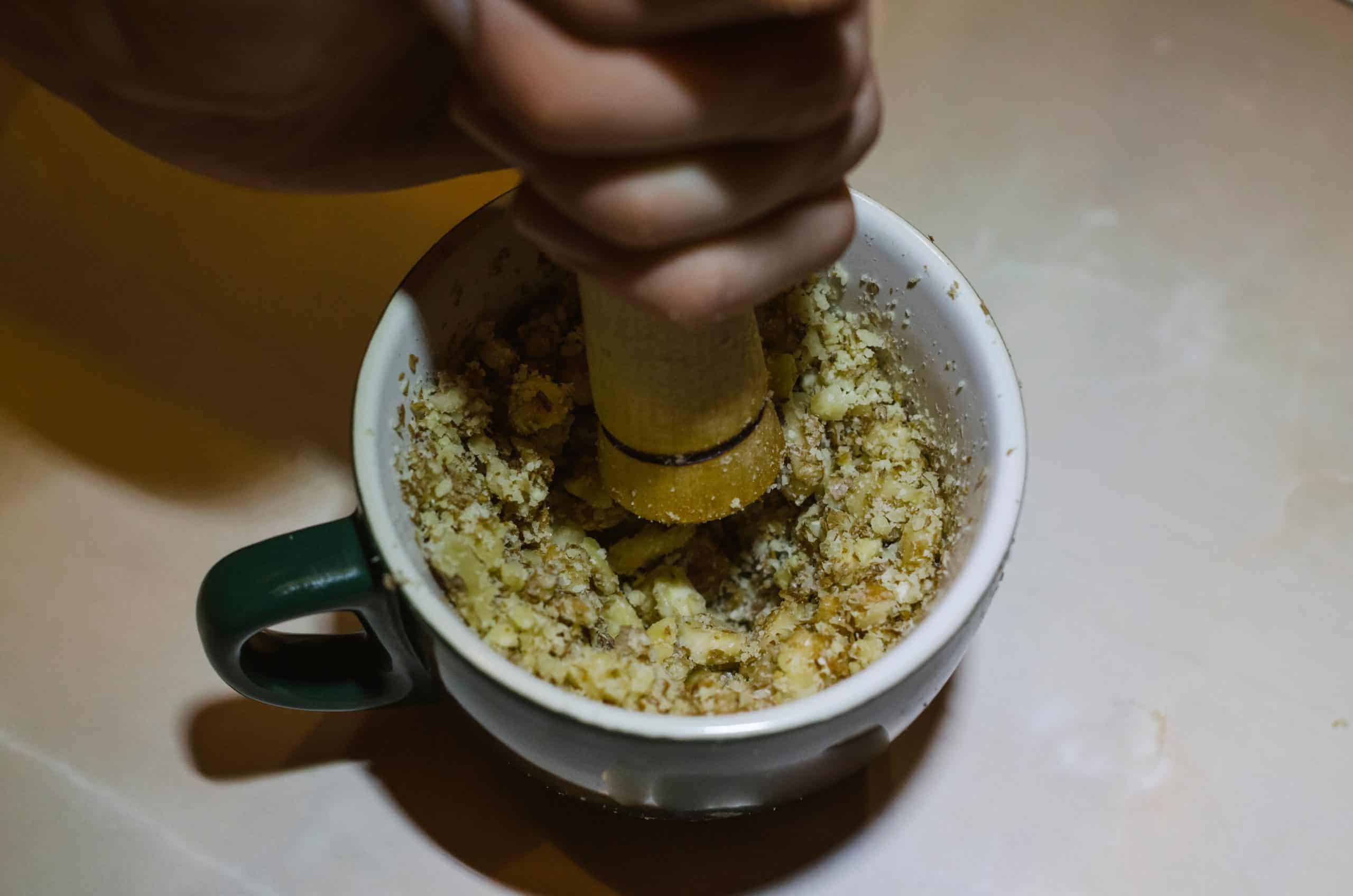Introduction:

Image: topgearhouse.com
In the realm of gastronomy, nuts elevate dishes with their rich textures and alluring flavors. However, the culinary journey begins with the delicate art of grinding nuts. Whether you’re embarking on your own homemade spice blends, crafting luscious desserts, or seeking a foolproof method for garnishing salads, knowing how to grind nuts without a food processor is an essential skill every foodie should possess. In this comprehensive guide, we’ll delve into the intricacies of nut grinding, uncovering the secrets to achieving culinary precision.
The Grindstone: A Timeless Tool for Nut-Grinding Excellence
Embrace the timelessness of the grindstone, the quintessential tool for grinding nuts. Crafted from granite, sandstone, or other coarse-grained materials, the grindstone’s rough surface efficiently crushes and separates the nuts through repetitive motion. Choose a grindstone that complements the quantity and type of nuts you plan to grind. Smaller stones are ideal for occasional grinding, while larger stones accommodate larger batches.
The Rolling Pin: A Versatile Alternative for Moderate Grinds
If you lack access to a grindstone, the versatile rolling pin offers a viable alternative, albeit suitable for smaller quantities or when a finer grind is not required. Place the nuts in a sturdy freezer bag or between two sheets of parchment paper. Using the rolling pin, press down and roll over the nuts with firm and even strokes. Repeat until the desired grind is achieved.
The Mortar and Pestle: A Traditional Approach for Precise Grinding
For small quantities and a more precise grinding experience, the mortar and pestle reign supreme. Made of durable materials like granite or marble, the mortar bowl serves as a sturdy base, while the pestle (a thick, blunt rod) acts as the grinding instrument. Place the nuts in the mortar and pound them using a circular motion with the pestle. Adjust the level of pounding force to control the fineness of the grind.
The Blender: A Compromise for Convenience with Limitations
For the sake of convenience, a blender can be used for nut grinding, but it comes with its limitations. Blenders tend to over-process nuts, resulting in a finer consistency that may not be suitable for all applications. If you opt for the blender, pulse the nuts in short bursts to achieve a coarser grind. Note that some blenders may struggle with larger quantities of nuts.
The Magic Behind the Methods:
The choice of grinding method ultimately depends on the desired results and the quantity of nuts. Grindstones and rolling pins yield coarser grinds, ideal for maintaining the texture and flavor of nuts in dishes like salads, garnishes, and baked goods. Mortars and pestles offer greater control for finer grinds, perfect for creating delicate spice blends and smooth nut butters.
Beyond the Basics: Embracing Culinary Creativity
Once you’ve mastered the fundamentals of nut grinding, you can explore the boundless realm of culinary creativity. Experiment with different nut varieties, blending them together to create your own unique spice blends. Try roasting the nuts beforehand to enhance their flavor profiles. Combine ground nuts with herbs, spices, or even chocolate chips to craft personalized treats that tantalize the palate.
Conclusion:
Mastering the art of grinding nuts without a food processor empowers you to unlock a wealth of culinary possibilities. Whether you’re aiming for coarse grinds that retain their texture or fine grinds that dissolve into smooth sauces, there’s a method suited to every need. Embrace the journey of nut grinding, and discover the joy of crafting your own culinary masterpieces, one nut at a time.

Image: tastethelatte.com
How To Grind Nuts Without A Food Processor